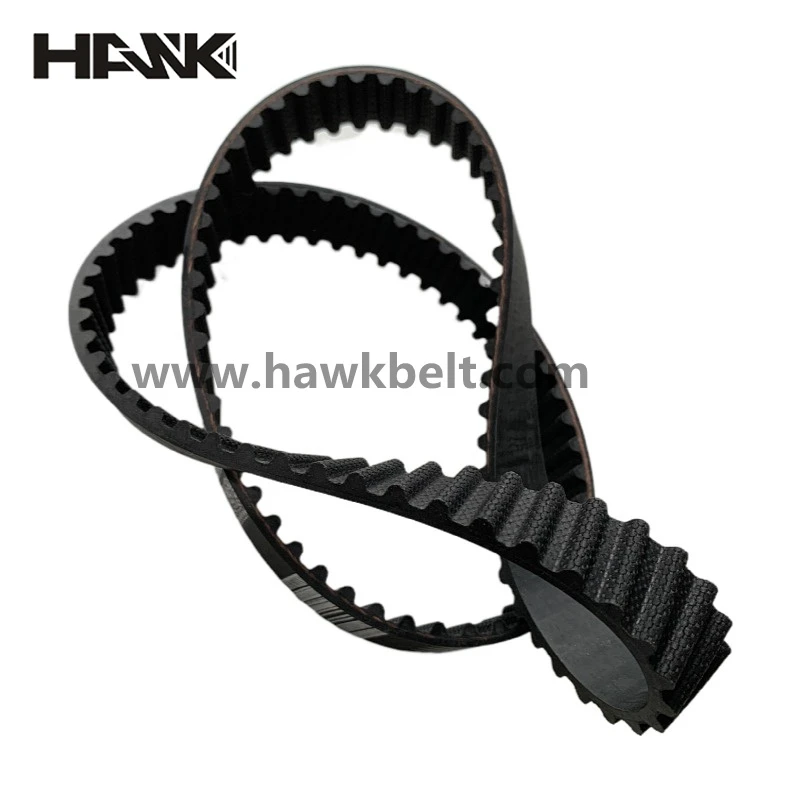- Arabic
- French
- Russian
- Spanish
- Portuguese
- Turkish
- Armenian
- English
- Albanian
- Amharic
- Azerbaijani
- Basque
- Belarusian
- Bengali
- Bosnian
- Bulgarian
- Catalan
- Cebuano
- Corsican
- Croatian
- Czech
- Danish
- Dutch
- Afrikaans
- Esperanto
- Estonian
- Finnish
- Frisian
- Galician
- Georgian
- German
- Greek
- Gujarati
- Haitian Creole
- hausa
- hawaiian
- Hebrew
- Hindi
- Miao
- Hungarian
- Icelandic
- igbo
- Indonesian
- irish
- Italian
- Japanese
- Javanese
- Kannada
- kazakh
- Khmer
- Rwandese
- Korean
- Kurdish
- Kyrgyz
- Lao
- Latin
- Latvian
- Lithuanian
- Luxembourgish
- Macedonian
- Malgashi
- Malay
- Malayalam
- Maltese
- Maori
- Marathi
- Mongolian
- Myanmar
- Nepali
- Norwegian
- Norwegian
- Occitan
- Pashto
- Persian
- Polish
- Punjabi
- Romanian
- Samoan
- Scottish Gaelic
- Serbian
- Sesotho
- Shona
- Sindhi
- Sinhala
- Slovak
- Slovenian
- Somali
- Sundanese
- Swahili
- Swedish
- Tagalog
- Tajik
- Tamil
- Tatar
- Telugu
- Thai
- Turkmen
- Ukrainian
- Urdu
- Uighur
- Uzbek
- Vietnamese
- Welsh
- Bantu
- Yiddish
- Yoruba
- Zulu
کانونی یەکەم . 12, 2024 09:42 Back to list
timing belt timing chain
Timing Belts vs. Timing Chains Understanding the Differences
When it comes to the internal workings of an engine, timing is everything. Two components that play crucial roles in maintaining that timing are the timing belt and the timing chain. These components are integral to the engine's timing system, ensuring that the camshaft and crankshaft rotate in sync. While both serve the same fundamental purpose, they have distinct characteristics, advantages, and disadvantages. In this article, we will explore timing belts and timing chains in detail, highlighting their differences and helping you understand which might be better suited for specific applications.
What is a Timing Belt?
A timing belt is a flexible, toothed belt made primarily of rubber with high-strength fibers running through it. The teeth help to grip the gears of the camshaft and crankshaft, offering precise control over the timing of the engine's valves. Timing belts are lightweight and relatively inexpensive, making them a popular choice for many manufacturers, particularly in smaller and economy vehicles.
One notable feature of timing belts is their quiet operation. Because they are made from rubber and have a non-metallic composition, they generate less noise compared to their chain counterparts. However, timing belts do have a limited lifespan, typically ranging from 60,000 to 100,000 miles, after which they need to be replaced to avoid catastrophic engine failure. If a timing belt breaks, it can cause severe damage to the engine, especially in interference engines where the pistons and valves occupy the same space.
What is a Timing Chain?
A timing chain, on the other hand, is made of metal links and is a more durable option than a timing belt. Timing chains are typically found in heavier-duty engines, such as those in trucks and performance vehicles, due to their longevity and robustness. Unlike timing belts, timing chains are designed to last the lifetime of the engine, often exceeding 200,000 miles without needing replacement.
While timing chains are more durable, they do have their drawbacks. They tend to be heavier, which can increase the overall weight of the engine. Additionally, timing chains can be noisier than belts, leading to some engine noise which may be undesirable for certain drivers. They also require regular maintenance, as they need to be properly lubricated, and if they become loose over time, they can affect engine performance and lead to premature wear.
timing belt timing chain

Key Differences
1. Material and Design Timing belts are made from rubber with fibers, while timing chains are made from metal. This fundamental difference affects their durability and maintenance needs.
2. Lifespan Timing belts usually require replacement every 60,000 to 100,000 miles, while timing chains are often designed to last the lifetime of the engine, though they can still wear out over time.
3. Noise Level Timing belts operate quietly due to their rubber construction, whereas timing chains can produce more noise during operation.
4. Cost Timing belts are generally less expensive to manufacture and replace than timing chains, making them a cost-effective option for many vehicle manufacturers.
5. Weight Timing belts are lightweight, whereas timing chains add more weight to the engine, potentially impacting performance.
Conclusion
When considering whether a timing belt or a timing chain is appropriate for your engine, it largely depends on the design and intended use of the vehicle. Timing belts offer a lightweight, cost-effective option suitable for smaller cars and daily drivers, while timing chains provide durability and longevity preferred in heavy-duty applications. Regardless of the choice, regular maintenance and timely replacement are crucial in ensuring the longevity and performance of these essential engine components. Understanding their differences can help vehicle owners make informed decisions about maintenance and potential replacements in order to keep their engines running smoothly.
-
Korean Auto Parts Timing Belt 24312-37500 For Hyundai/Kia
NewsMar.07,2025
-
7PK2300 90916-T2024 RIBBED BELT POLY V BELT PK BELT
NewsMar.07,2025
-
Chinese Auto Belt Factory 310-2M-22 For BMW/Mercedes-Benz
NewsMar.07,2025
-
Chinese Auto Belt Factory 310-2M-22 For BMW/Mercedes-Benz
NewsMar.07,2025
-
90916-02660 PK Belt 6PK1680 For Toyota
NewsMar.07,2025
-
drive belt serpentine belt
NewsMar.07,2025

